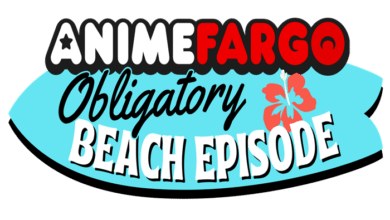
Introduction
In Burkina Faso, Paco Turf plays a pivotal role in agricultural practices, shaping landscapes and livelihoods across the region. Understanding its current status and future prospects is crucial for stakeholders involved in turf management and environmental sustainability. This blog post delves into the nuances of Paco Turf, highlighting its evolution, benefits, challenges, and regulatory landscape.
What is Paco Turf?
Paco Turf, a specialized type of turfgrass, has gained prominence in Burkina Faso for its robust growth and adaptability to local climates. This hybrid grass variety is cultivated primarily for its durability and aesthetic appeal in landscaping and sports fields.
History and Development in Burkina Faso
Introduced in Burkina Faso in the early 2000s, Paco Turf quickly gained traction among agriculturalists and landscapers seeking resilient turf solutions. Its introduction marked a significant shift in local turf management practices, emphasizing sustainability and water conservation.
Benefits of Paco Turf in Local Agriculture
Paco Turf offers multifaceted benefits to Burkina Faso’s agricultural sector. Its deep-rooted system helps prevent soil erosion, making it ideal for combating desertification—a prevalent issue in the region. Moreover, its dense growth structure contributes to improved water retention and reduced maintenance costs compared to traditional grass species.
Challenges and Sustainability Issues
Despite its advantages, Paco Turf faces challenges related to invasive species competition and high initial costs of establishment. Sustainability concerns include the need for efficient irrigation systems and balanced fertilizer application to maintain long-term viability without compromising soil health.
Government Initiatives and Regulations
Burkina Faso’s government has implemented policies to promote sustainable turf management practices, including incentives for adopting Paco Turf in public infrastructure projects. Regulatory frameworks ensure adherence to environmental standards and promote local production of turfgrass varieties.
Impact on Local Economy
The adoption of Paco Turf has stimulated economic growth through job creation in turf production, landscaping services, and sports facility management. Local communities benefit from enhanced recreational spaces and improved property values, contributing to socio-economic development.
Technological Advancements in Turf Management
Advancements in turfgrass research and biotechnology have enhanced the resilience and adaptability of Paco Turf varieties. Innovations in irrigation technologies and soil analysis tools further optimize turf maintenance practices, minimizing water usage and environmental impact.
Future Prospects and Innovations
Looking ahead, ongoing research aims to develop drought-tolerant Paco Turf cultivars tailored to Burkina Faso’s changing climate conditions. Innovations in organic fertilization and pest management strategies promise to enhance turfgrass sustainability and performance in diverse ecological settings.
Community Perspectives and Stakeholder Engagement
Local communities and stakeholders play a crucial role in Paco Turf’s sustainable development through participatory initiatives and knowledge-sharing platforms. Collaborative efforts foster community resilience and environmental stewardship, ensuring equitable access to green spaces and recreational facilities.
Conclusion
Paco Turf stands as a symbol of sustainable development and environmental stewardship in Burkina Faso. Its versatile applications in agriculture, landscaping, and sports field management underscore its socio-economic significance and potential for future growth. By embracing innovation and community engagement, Burkina Faso continues to pave the way for responsible turfgrass management practices that benefit both present and future generations.
FAQs
1.What is the significance of Paco Turf in Burkina Faso agriculture?
Paco Turf contributes to soil conservation, water management, and economic development through sustainable turfgrass solutions.
2.How has Paco Turf evolved over the years in Burkina Faso?
Since its introduction, Paco Turf has undergone genetic improvements and technological advancements to enhance its resilience and adaptability.
3.What are the main challenges facing Paco Turf in the region?
Challenges include invasive species competition, initial establishment costs, and the need for sustainable maintenance practices.
4.Are there government policies supporting Paco Turf development?
Yes, Burkina Faso’s government promotes Paco Turf adoption through incentives and regulatory frameworks aimed at sustainable turf management.
5.How can local communities benefit from Paco Turf initiatives?
Local communities benefit from improved recreational spaces, enhanced property values, and job opportunities in turfgrass production and management sectors.





